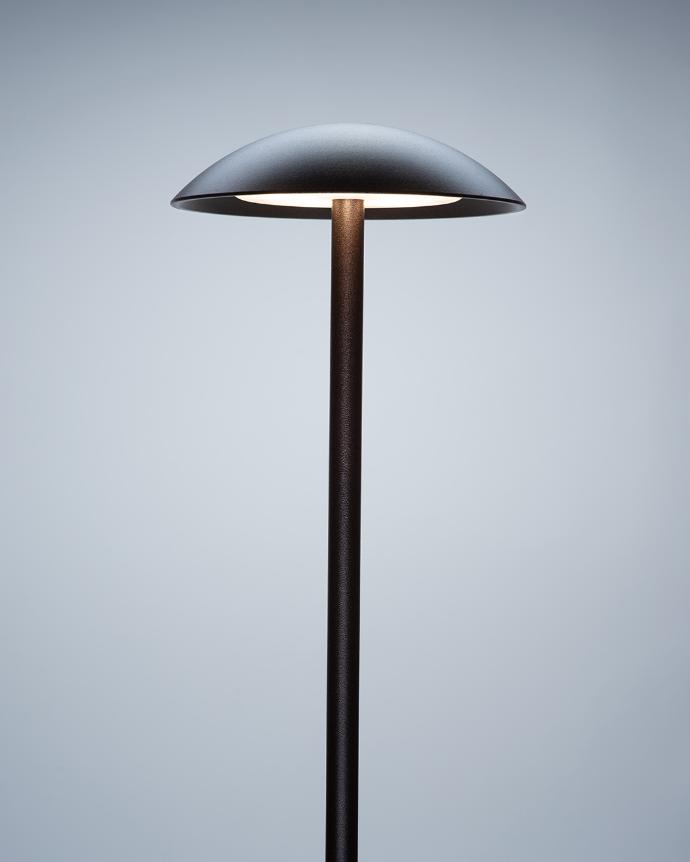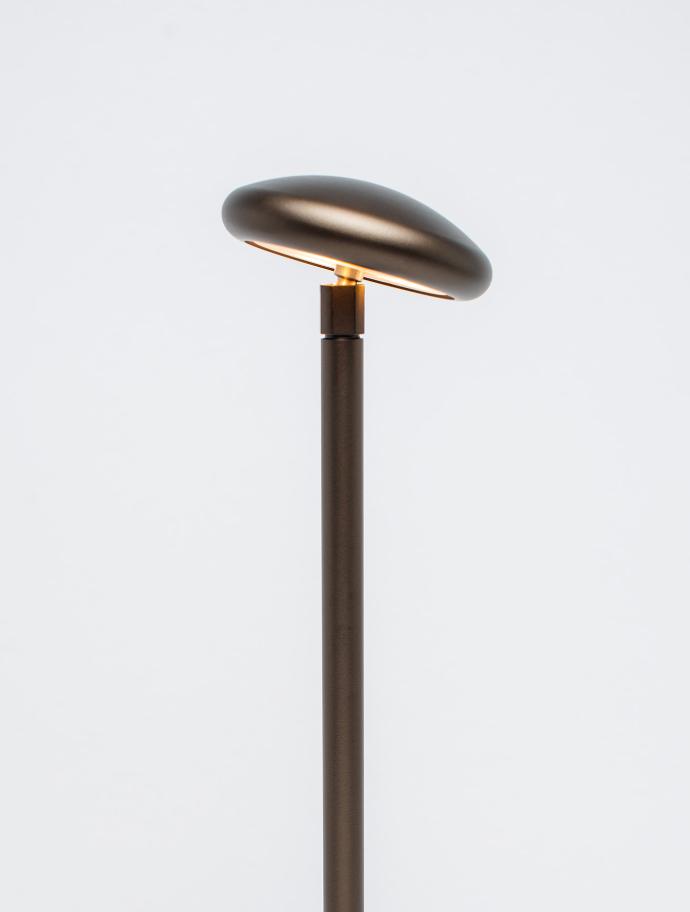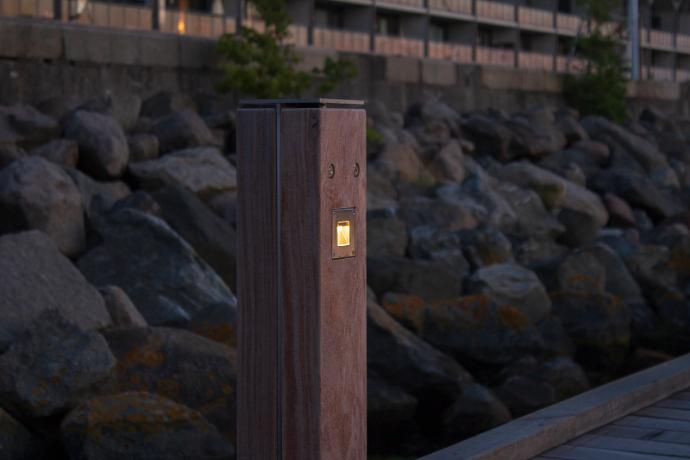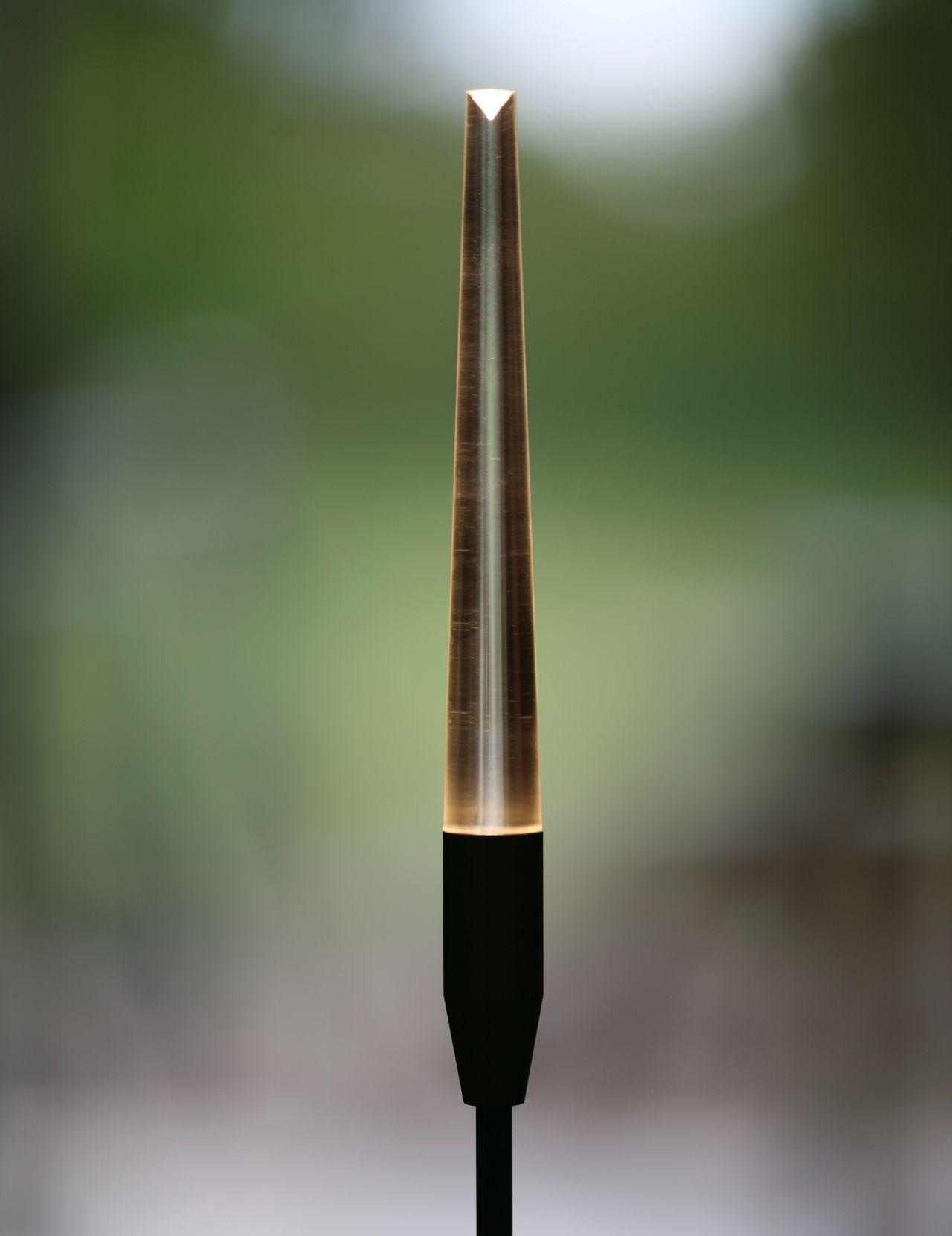Efficacy
The efficacy of a light source is a ratio of the amount of light produced in lumens (lm) to the electrical power consumed in watts (W). This is the lm/W figure and it is useful for comparing efficacies of different light sources. What this figure does not take into account is the effect of the power supply or driver, or optical system on the efficacy of the luminaire as a whole, for that you need to consider the luminaire lumens per circuit watt.
Luminaire efficacy considers the driver/power supplies electrical losses. We try to use the most efficient drivers and power supplies to minimise losses but nevertheless the light source efficacy is reduced a little. The optical system efficiency will reduce the amount of light from the light source that leaves the luminaire as luminaire lumens, which is often referred to as the light output ratio (LOR).
In luminaires with interchangeable optics or beam angles, the LOR can vary depending on choices made. Luminaire lumens per circuit watt figures provide a useful means of comparing different light fittings to one another, it is also expressed in lm/W.
Its important not to confuse light source efficacy and luminaire efficacy.
Light Output Ratio (LOR)
This is a ratio of the lumen output of the light source to the lumen output of the luminaire. It is expressed as a percentage and is a reflection of the efficiency of the optical system. Some more decorative products may have a lower LOR, architectural spotlights must have good quality beams and the best possible LOR, like many things this is a balance that we aim to strike.
BUG
The BUG rating is used to describe distribution and intensity of light from a luminaire. It is used to evaluate the performance of exterior luminaires and their suitability for exterior lighting applications which may specific BUG rating requirements.
It can be very relevant when designing for lighting where we must consider light pollution/sky glow or effect of lighting on wildlife, flora and fauna.
It gets its name from zones defined in relation to a luminaire.
Backlight (B)
The light directed behind the fixture.
Uplight (U)
Any light directed upward
(often seen as light pollution, or sky glow)
Glare (G)
The amount of light emitted from the luminaire at high angles
A BUG rating for a ‘good’ product might look like this; B0 U0 G0.
There are further subdivisions of these zones. This subdivision of zones can become important if the distribution from a luminaire is not symmetrical (think of a streetlight as an example, the job being to light the road from beside it)
Backlight (B)
- BVH: Backlight Very High (80-90 degrees)
- BH: Backlight High (60-80 degrees)
- BM: Backlight Mid (30-60 degrees)
- BL: Backlight Low (0-30 degrees)
Uplight (U)
- UH: Uplight High (100-180 degrees)
- UL: Uplight Low (90-100 degrees)
Glare (G)
- FVH: Forward light Very High (80-90 degrees)
- FH: Forward light High (60-80 degrees)
- FM: Forward light Mid (30-60 degrees)
- FL: Forward light Low (0-30 degrees)
Stoane Lighting can produce BUG reports for products on request and for some exterior products as standard. BUG ratings are established after photometric measurement of products.
It is worth noting that a BUG rating is output dependent. If you take a product and evaluate it at full output and dimmed the BUG rating might change so it isn’t necessarily true to say a product has a compliant/suitable BUG rating or it doesn’t, it might do if its dimmed to a lower output.
We can support customers with BUG assessments of products including a consideration of dimming if needed.



